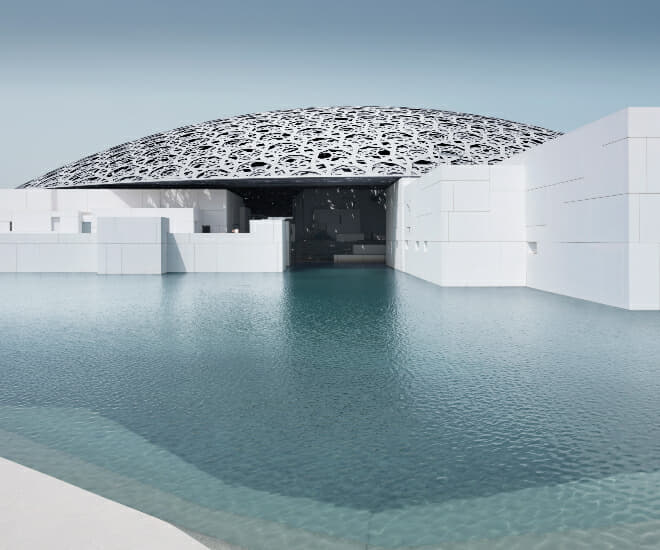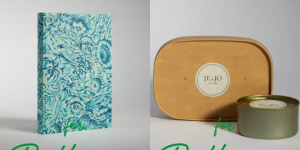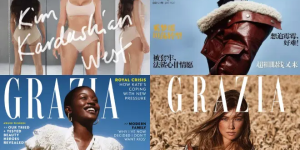Louvre Abu Dhabi: The Binding Thread Between the East and West
A collaboration between France and UAE, the museum will feature artworks from masters like Leonardo da Vinci and Claude Monet.

In 2017, the Arab world welcomed its first universal museum where famous collections of art and other culturally significant objects from around the world are housed in the Louvre Abu Dhabi. Standing proudly on the United Arab Emirates’ Saadiyat Island, the museum serves as a bridge between Eastern and Western civilisations. For Louvre Abu Dhabi, the institution is set on spotlighting the stories of human creativity. “The museum brings different cultures together to shine fresh light on these common stories of humanity, beyond individual civilisations, times or places,” as mentioned on the museum’s website.
The establishment of the Louvre Abu Dhabi resulted from an intergovernmental agreement between the gulf state and France. As part of the broader US$1.3 billion accord with France’s Agence France-Museum, the name of the Louvre will be loaned to Abu Dhabi for a period of 30.5 years and a fee of US$520 million is also given. In exchange, the UAE museum will get to house artworks from 17 French cultural institutions, from Leonardo da Vinci’s portrait of “La Belle Ferronnière” to Francesco Primaticcio’s bronze statue “Apollo Belvedere”. Guidance by experts is also given to help the museum select pieces to acquire.
- READ MORE: Romain Langlois: Artist and Alchemist
The inauguration of the Louvre Abu Dhabi in 2017 was titled “From One Louvre to Another: Opening a Museum for Everyone” and featured 600 masterpieces. At that time, it sought to retrace the Parisian museum’s origins to a time when the public finally got access to these rare collections. But unlike its Western counterpart, Jean-François Charnier, head curator at Louvre Abu Dhabi, has organised the artworks chronologically and thematically and not by place of origin.
Apart from what the Louvre Abu Dhabi holds inside its building, the museum’s exterior is also a marvel in its own right. Designed by Pritzker Prize-winning architect Jean Nouvel, the visual masterpiece expertly showcased his skills in utilising geometry and light. Before designing the museum, the Frenchman was already known for his works with the Arab World Institute and Foundation Cartier in Paris, and the Culture and Congress Centre in Lucerne. For Louvre Abu Dhabi, Nouvel was inspired by the natural elements of Saadiya Island and the desire to combine it with Arab culture and Abu Dhabi itself.

The result is a dome structure rendered in steel and its complex geometric roof allows for the effect known as “rain of light” to happen as sunlight passes through the eight structural layers. Patterns of light illuminate the museum’s walls and floor giving rise to an illusion of being shaded by the palm trees common in Abu Dhabi as their leaves filter and soften the bright daylight from above. Despite the notion of being weightless as shadows and lights interplay, the structure weighs around 7,000 tonnes and is similar to that of the Eiffel Tower in Paris — another connection to France.
According to an article by The New York Times, Zaki Nusseibeh, Minister of State, said that the government “considers the Louvre Abu Dhabi part of a cultural strategy to counter tensions in the region”. Furthermore, the Emirates’s ultimate goal is “to promote the capital as a tolerant global city, and its flagship museum as a bridge between civilisations.” In addition, Mohamed Khalifa Al Mubarak, Chairman, Department of Culture and Tourism, added that the museum seeks to “inspire a new generation of cultural leaders and creative thinkers to contribute to our rapidly-changing and tolerant nation.”

Fast forward to 2022, the museum celebrates its fifth anniversary and a special exhibition is held from 12 October 2022 to 5 February 2023. Titled “Impressionism: Pathway to Modernity”, works from masters such as Cezanne, Degas, Manet, Monet, Pissarro and Renoir will be on display. This showcase is touted to be one of the most significant exhibitions on 19th century art movement ever held outside of France and visitors will stand to see over 150 artworks. This includes Claude Monet’s “Women in the Garden” and “London, Parliament”. The exhibition’s theme also aptly resonates with the happenings in the gulf region where there is a dissonance between modernity and tradition as society transitions into the new world.
For more culture reads, click here.







